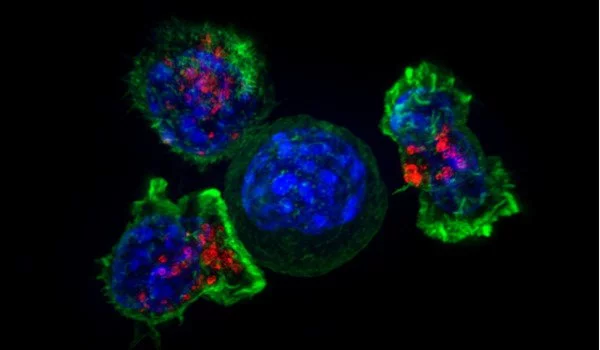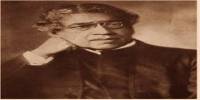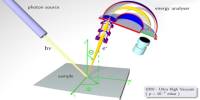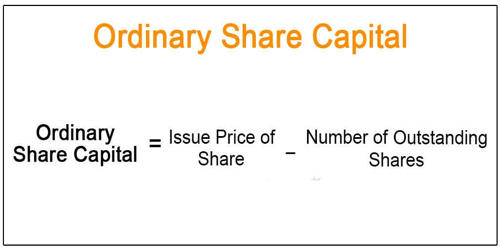Friedrich Schiller University Jena physicists collaborated with colleagues from Düsseldorf, Gothenburg, Lyngby, and Trieste to develop an ingenious solution for separating bonded nano-components.
The nano-components will be immersed in a solvent near its critical point. They were able to separate the components in a controllable manner in the experimental setup by simply changing the temperature of the solvent. In Nature Physics, the authors present their successful experiment.
Separating air into its primary components, typically nitrogen and oxygen, is an energy-intensive process that involves cryogenic fractional distillation. Alternative membrane-based gas separation technologies have the potential to cut energy costs by a factor of five. However, current membranes are incapable of achieving both high permeability and high selectivity in the process, so the cost of membrane-based air purification systems remains prohibitively high.
We were looking for a solution to eliminate the undesirable static friction of the individual components in a nano electromechanical system (NEMS) rubbing against each other. This static friction is called stiction—a compound of the terms static and friction—caused by what are called quantum-electrodynamic Casimir forces
Dr. Falko Schmidt
Components separate at the critical point of the solution
“We were looking for a solution to eliminate the undesirable static friction of the individual components in a nano electromechanical system (NEMS) rubbing against each other,” explains Dr. Falko Schmidt from the University of Jena’s Institute of Applied Physics. This static friction is called stiction—a compound of the terms static and friction—caused by what are called quantum-electrodynamic Casimir forces.
These forces are the result of fluctuations and inevitably cause the components to stick together. The researchers developed a method to reverse this effect by immersing the components into a critical solution—a mixture of water and oil—in which fluctuations also occur. The strength of these fluctuations can be precisely controlled by changing the temperature.

“The unique feature here is that we don’t suppress the original fluctuations, but instead replace them with much stronger ones,” Falko Schmidt explains. The desired effect was obtained in the experiment by using a heatable microscope objective.
The scientists were able to suspend a gold nanoflake above a structured metallic substrate. The gold flake would normally adhere to the substrate. When the surrounding liquid reaches the critical point—the temperature range where water and oil separate—the fluctuations are so strong that stiction is avoided. According to the research team, this could be so effective that bonded components could be separated and made movable again.
A long road to solving an obvious problem
Dr. Falko Schmidt carried out the experiments while still a student at the University of Gothenburg, where he also pioneered new experimental methods that led to success. “This problem was clearly evident from nano-manufacturing, so we quickly came up with the idea for this project,” Schmidt says. However, the path to the solution was long and winding. The strategy of dominating the critical Casimir effect with the quantum-electrodynamic Casimir effect eventually won out.
The goal is to use the concept of freeing micro and nanoelectromechanical systems from mechanical friction in the future, allowing for the development of new effective function-oriented nano-components.
















